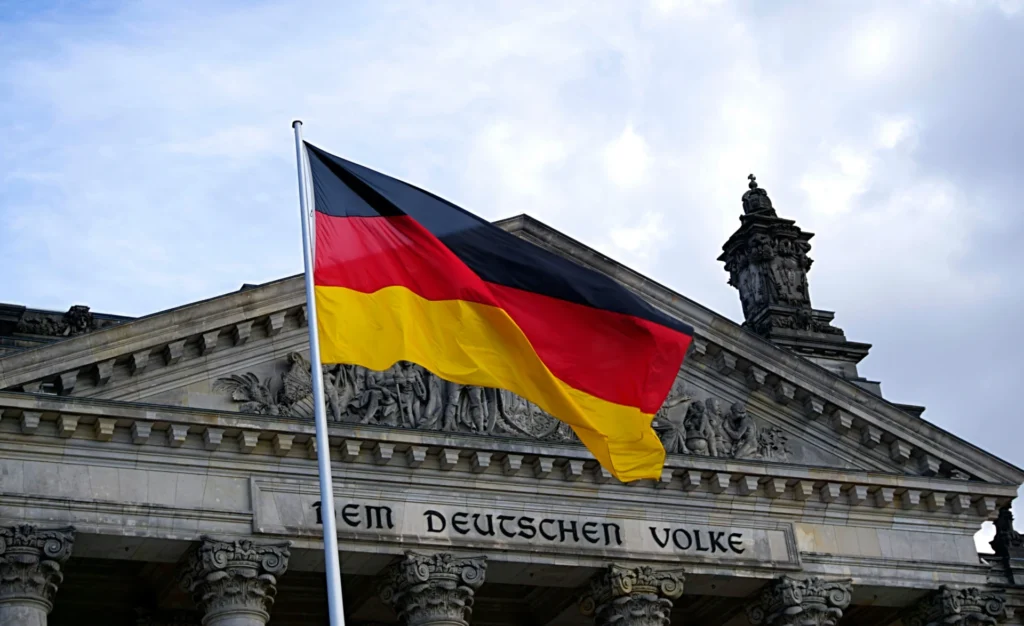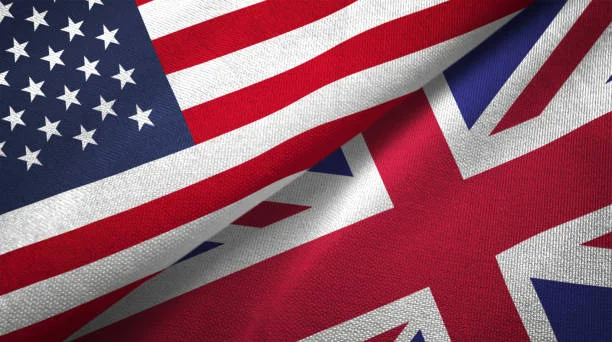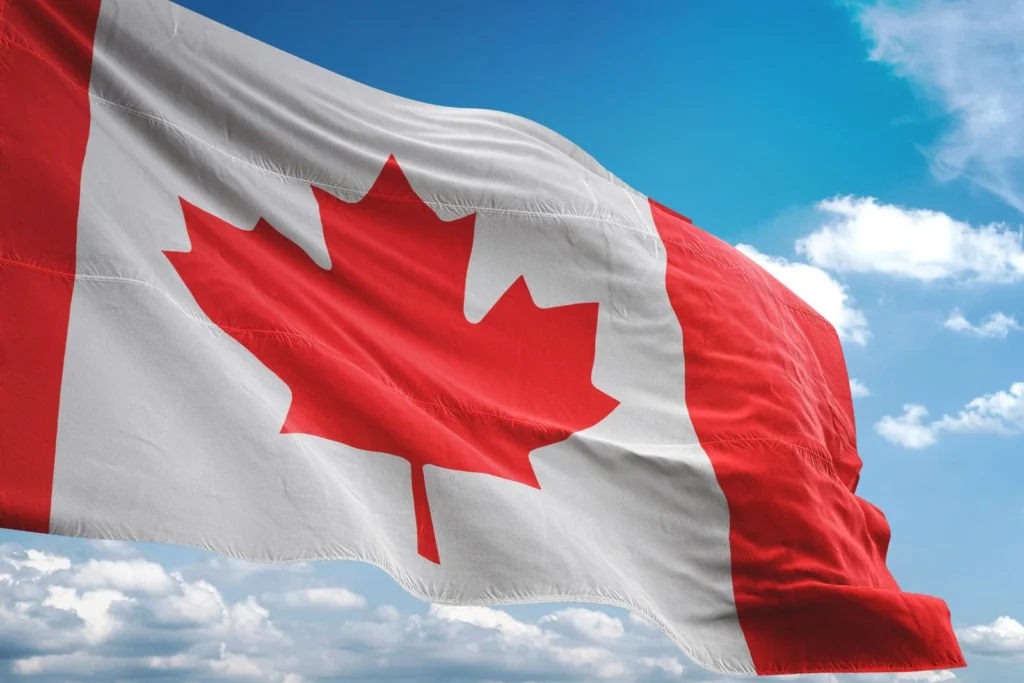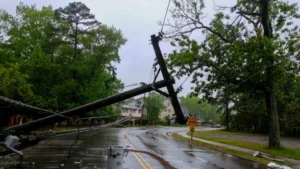Forget-Me-Not Day is celebrated in Alaska to honor the state’s official flower, the Forget-Me-Not (Myosotis alpestris). This day serves as a reminder of the flower’s cultural significance and its deep-rooted connections to the identity and history of Alaskans.
National Forget-Me-Not Day is observed annually on November 10th. This day serves as a reminder to honor and support veterans who have returned from service, particularly those with injuries and disabilities. The celebration began in 1921 as a fundraising initiative for World War I veterans through the sale of Forget-Me-Not flowers, chosen for their symbolism of remembrance and loyalty.
How Alaska Celebrates Forget-Me-Not Day
Alaska celebrates Forget-Me-Not Day with a variety of community events and activities that highlight the significance of the Forget-Me-Not flower, the state’s official floral emblem. Here are some key aspects of the celebrations:
Connection to Veterans and Remembrance

Forget-Me-Not Day, recognized on November 10th, originated in 1921 as a fundraising initiative for World War I veterans. Judge Robert S. Marx, a veteran himself, established this day to ensure that returning soldiers who were wounded or disabled were not forgotten. The Forget-Me-Not flower was chosen for its symbolism of memory and respect, serving as a poignant reminder of the sacrifices made by these veterans.
The Symbolism of the Forget-Me-Not
The Forget-Me-Not flower has long been associated with loyalty and remembrance. Its name derives from various legends, particularly one involving a knight who fell into a river while picking a flower for his beloved, uttering “vergiss mein nicht” (forget me not) as he was swept away. This story has contributed to the flower’s enduring symbolism as a reminder of those who have passed or been lost due to conflict.
Modern Observance
On Forget-Me-Not Day, individuals are encouraged to engage in activities that honor veterans. This includes buying bouquets of Forget-Me-Nots to give to veterans, donating to organizations that support disabled veterans, and sharing stories about their experiences.
The day serves not only as a tribute to military service but also as an opportunity for people to reconnect with loved ones and express gratitude for their contributions.
Regional Variations
In Newfoundland and Labrador, Canada, the Forget-Me-Not is also used as a symbol of remembrance, particularly on July 1st, which commemorates the fallen soldiers of the Royal Newfoundland Regiment at Beaumont-Hamel during World War I. This observance reflects similar themes of loyalty and courage associated with the flower.
Community Events and Activities
- Flower Festivals: Many towns and cities in Alaska host local flower festivals where Forget-Me-Nots are prominently featured. These festivals often include flower shows, gardening workshops, and community picnics, allowing residents to appreciate the beauty of this cherished bloom.
- Nature Walks and Planting Events: Community groups organize nature walks to observe Forget-Me-Nots in their natural habitats. Additionally, some events focus on planting Forget-Me-Nots in public spaces or community gardens, fostering a sense of collective stewardship for Alaska’s natural beauty.
- Art and Craft Workshops: Local artists often lead workshops where participants can create art inspired by the Forget-Me-Not. This may include painting, photography, or crafting with the flowers, celebrating their aesthetic and symbolic significance.
Role of Schools and Local Organizations
- Educational Programs: Schools across Alaska incorporate educational programs that teach students about the history and symbolism of the Forget-Me-Not. Activities may include storytelling, poetry writing, and art projects that emphasize themes of remembrance and loyalty associated with the flower.
- Civic Engagement: Local organizations often take part in Forget-Me-Not Day by organizing community service projects. These may involve cleaning up natural areas where Forget-Me-Nots grow or conducting awareness campaigns about the flower’s ecological importance.
- Memorial Events: Some communities use this day to hold memorial services or remembrance events, where residents can honor loved ones while reflecting on the themes of memory and loyalty that the Forget-Me-Not represents.
Is Forget-Me-Not Day recognized outside Alaska?
Forget-Me-Not Day, while primarily celebrated in Alaska, has resonated beyond its borders, leading to various interpretations and celebrations in different regions. Here’s an overview of how Forget-Me-Not Day is recognized outside Alaska:

Germany: The Forget-Me-Not flower has deep roots in German folklore, where it is associated with themes of love and remembrance. The name itself, derived from the German phrase “vergissmeinnicht,” translates to “forget me not.” In Germany, the flower is often used in memorial services and remembrance events, particularly to honor loved ones who have passed away.

United Kingdom: In the UK, Forget-Me-Nots are similarly linked to remembrance. They are commonly worn or displayed during commemorative events, including Remembrance Day, which honors military veterans. The flower symbolizes enduring memory and loyalty, paralleling its significance in Alaska.

Canada: Some communities in Canada also celebrate Forget-Me-Not Day, particularly in regions with strong ties to Alaskan culture or where the flower grows naturally. Events may include planting ceremonies and educational programs about the flower’s symbolism.
Why the Forget-Me-Not Will Always Be Alaska’s Pride
The Forget-Me-Not was chosen as Alaska’s state flower long before statehood, symbolizing the enduring spirit of its people and land. The flower’s recognition in the Territorial Legislature of 1917 reflected the desire to preserve Alaska’s natural heritage and foster pride among its residents.
- Symbol of Endurance: The choice of a hardy flower reflects the resilience of Alaskans in their rugged environment.
- Statehood Connection: When Alaska became a state in 1959, the Forget-Me-Not retained its status, bridging the territory’s past with its future.
- Alaskan Spirit: Its enduring blue petals remind Alaskans of their state’s beauty and challenges, fostering a sense of belonging.
- Poetic Symbolism: Alaskan poet Esther Birdsall Darling famously referenced the flower in her work, emphasizing its ties to the state’s natural beauty and human spirit.
FAQs
What is Forget Me Not Day?
Forget Me Not Day is observed to remember loved ones and cherish memories, often symbolized by the forget-me-not flower.
What does “Forget Me Not Day” mean?
It signifies remembrance and love for those who are far or departed, encouraging reflection and connection.
What is the significance of forget-me-nots?
Forget-me-nots symbolize enduring love, memory, and resilience, often associated with Alaska and remembrance.
What is the nickname for Forget Me Not?
It is often called the “Remembrance Flower.”
What is the use of forget-me-nots?
Forget-me-nots are used in gardens for their beauty and symbolism and occasionally in crafts or commemorative items.












